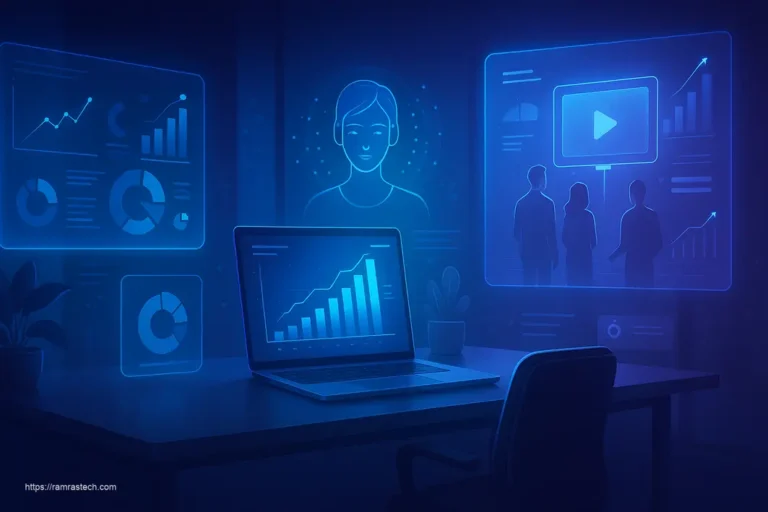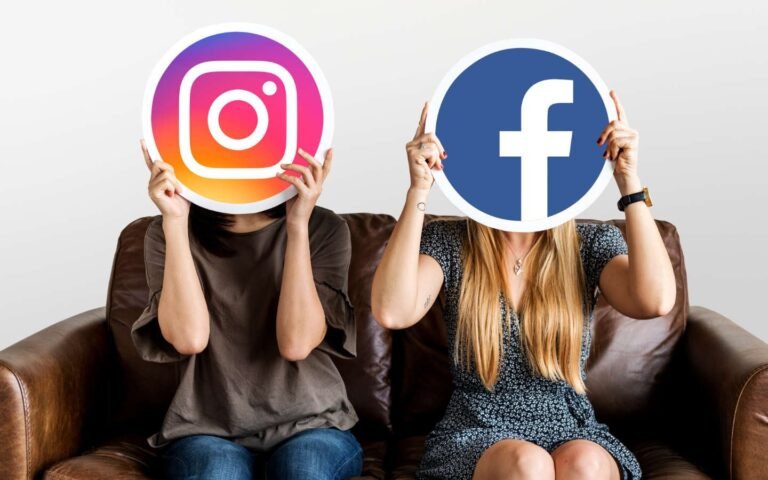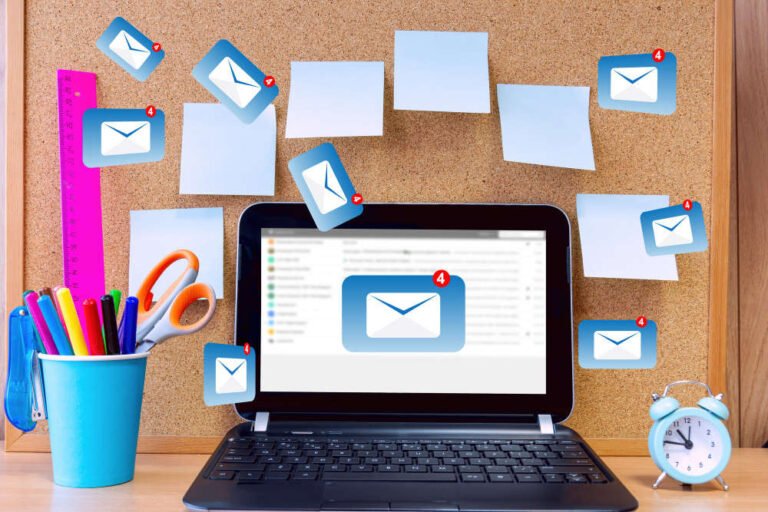WhatsApp vs SMS Marketing in 2025: Which Actually Works Better?
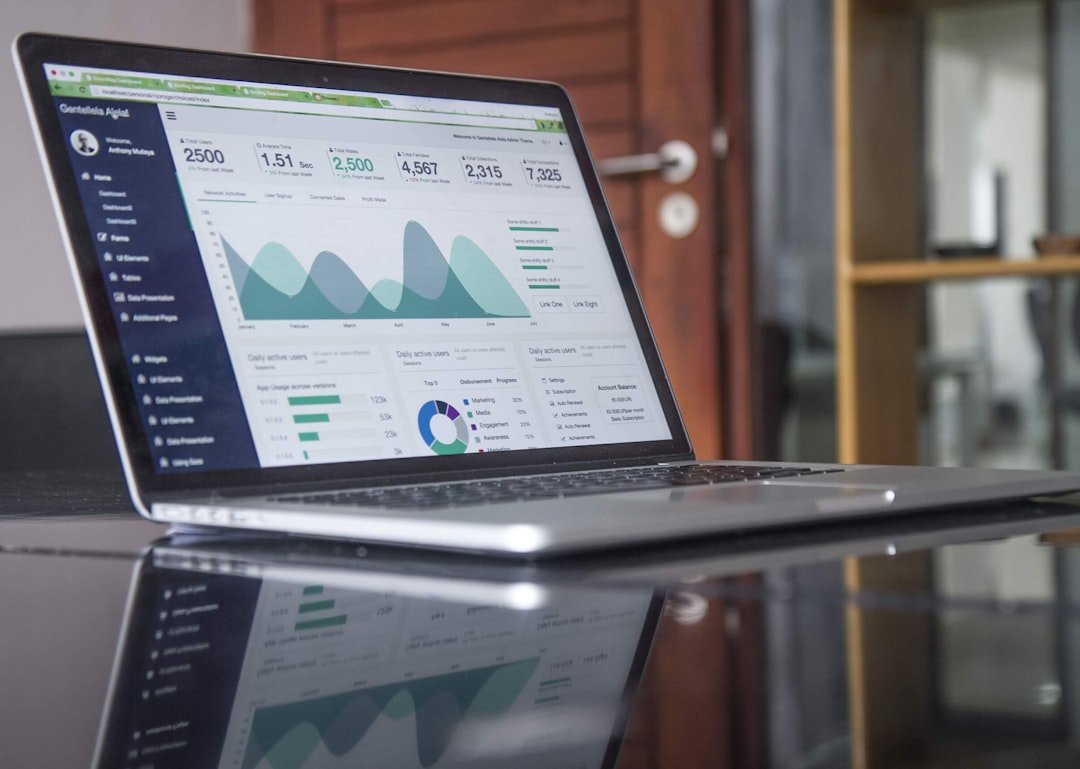
With over 91% of customers wanting to receive business messages and WhatsApp boasting a remarkable , WhatsApp SMS marketing has become a critical choice for businesses in 2025. In fact, WhatsApp now serves more than 3 billion monthly active users worldwide, while traditional SMS continues to offer universal reach.98% engagement rate
However, choosing between WhatsApp and SMS marketing isn’t as straightforward as looking at user numbers. While SMS messages cost between $0.25 to $0.50 per message, WhatsApp offers multimedia capabilities and automated features that can increase customer spending by 54% through personalized messaging. This comprehensive guide helps you understand which channel actually delivers better results for your specific business needs, comparing everything from costs and engagement rates to advanced features and implementation strategies.
The Current State of WhatsApp and SMS Marketing
The messaging landscape has undergone a significant shift since 2024, creating new opportunities and challenges for businesses navigating between WhatsApp and SMS marketing strategies. As both channels continue to evolve, understanding their current state is essential for making informed marketing decisions.
Key differences in 2025
The divide between WhatsApp and SMS has widened considerably in 2025, primarily in their functionality and user experience. WhatsApp now offers rich media capabilities that allow businesses to send images, videos, PDFs, and other engaging content, whereas SMS remains largely restricted to 160 characters, with multimedia messages (MMS) becoming increasingly costly.
One of the most significant differences lies in conversation dynamics. WhatsApp enables real-time, two-way conversations through features like live chat and automated flows, creating more meaningful interactions. Conversely, SMS typically functions as a one-way communication tool, making real-time back-and-forth exchanges nearly impossible.
Security has also become a major differentiator. WhatsApp provides end-to-end encryption for all messages, offering businesses and customers peace of mind when sharing sensitive information. Meanwhile, SMS messages lack encryption by default, raising security concerns when transmitting confidential data.
Additionally, WhatsApp’s advanced automation and personalization capabilities far outpace those of SMS. Nevertheless, SMS maintains one critical advantage—it works over traditional cellular networks without requiring an internet connection, ensuring message delivery even in areas with poor data coverage.
Market penetration statistics
WhatsApp’s global dominance continues to grow, , with projections pointing to 3.2 billion users by 2025. The platform currently operates in 180 countries[15], making it the most popular messaging app in over 100 countries.reaching approximately 2.5 billion users worldwide in 2024
For businesses, WhatsApp has become an increasingly important channel:
- More than 200 million businesses actively use WhatsApp Business monthly, up from 50 million in July 2020
- Medium and large business spending on WhatsApp Business is expected to reach $3.60 billion in 2024
- 80% of small and medium businesses in India believe WhatsApp will help scale their business
On the other hand, SMS marketing continues to maintain its foothold with nearly 40% of businesses utilizing text messaging as part of their marketing strategy. Furthermore, 72% of US digital retailers believe an increased focus on omnichannel commerce, including SMS, will significantly impact their business in 2024.
Regional adoption varies considerably. India leads with over 500 million WhatsApp users, followed by Brazil with 124 million. Meanwhile, SMS remains predominant in North America, where only 42% of users regularly communicate with brands through messaging apps.
User behavior trends
Consumer engagement patterns reveal fascinating insights about both platforms. Although WhatsApp and SMS both boast impressive 98% open rates[11], WhatsApp users demonstrate 70% higher engagement compared to SMS. Additionally, businesses using WhatsApp have reported a 156% increase in conversion rates versus 45% for SMS.
Response time expectations have shifted dramatically. With 57.82% of WhatsApp messages receiving a reply within one minute[15], customers now demand immediate interaction. Moreover, 56% of users have abandoned purchases because companies were too slow to respond on WhatsApp[15], highlighting the growing importance of prompt communication.
Personalization has become non-negotiable in 2025. Approximately 72% of consumers say they will engage with WhatsApp marketing messages that feel personalized, while 85% express interest in receiving timely, proactive communications from brands. This trend toward customized experiences represents a significant shift from traditional mass-messaging approaches.
Group messaging has also emerged as a dominant behavior, with 57.5% of all WhatsApp messages now sent in groups with more than two participants. Simultaneously, voice messaging continues to gain popularity, with approximately 7 billion voice messages sent daily on WhatsApp.
Despite growing WhatsApp usage, SMS remains the preferred channel for specific communications. According to recent data, SMS is still the channel of choice for urgent notifications, appointment reminders, and limited-time offers, especially in regions where WhatsApp penetration remains limited.
Reach and Accessibility Comparison
When selecting between WhatsApp and SMS for your marketing strategy, understanding their reach capabilities becomes crucial for maximizing campaign effectiveness. Each channel offers distinct advantages in terms of audience accessibility that directly impact your marketing results.
WhatsApp’s global user base
WhatsApp has established itself as a dominant messaging platform with an extraordinary global footprint. Currently, the app boasts over 2.95 billion monthly active users, with projections indicating this number will grow to approximately 3.14 billion by 2025. This remarkable expansion represents over 3500% growth since 2014, demonstrating the platform’s accelerating adoption worldwide.
The messaging giant’s presence spans 180 countries, making it particularly powerful for international marketing campaigns. Notably, India leads global adoption with 535.76 million users, followed by Brazil and Indonesia, whose combined user base reaches 750.5 million monthly active users.
In Europe, WhatsApp enjoys extraordinary market penetration rates, reaching 85% in the Netherlands and approximately 83% in Spain and Italy. Even in the United States, WhatsApp has gained significant traction, reaching 100 million monthly users, with 29% of American adults regularly using the platform.
Users demonstrate strong engagement, spending roughly 30 minutes daily on the app, making it the third most-used application in terms of time spent, trailing only YouTube and Facebook. This deep engagement creates valuable opportunities for marketers to connect with audiences who are actively using the platform.
SMS universal coverage advantages
Regardless of WhatsApp’s impressive numbers, SMS maintains a fundamental advantage through its universal accessibility. Practically every mobile phone worldwide can receive SMS messages without requiring any app installation or internet connection. This native functionality gives SMS marketing potential access to approximately 5.1 billion mobile service users globally (67% of the world’s population).
Unlike WhatsApp marketing that requires users to have both a smartphone and the specific application installed, SMS works across all device types—from basic feature phones to the latest smartphones. Subsequently, SMS can reach virtually anyone with a mobile device, breaking down technological barriers that might otherwise limit your campaign’s reach.
For businesses targeting diverse demographic groups or regions with varying levels of smartphone adoption, SMS offers unparalleled reach. Its universal compatibility ensures your marketing messages can potentially reach your entire audience regardless of their technological capabilities.
Internet dependency factors
Internet connectivity remains the most significant limitation for WhatsApp marketing campaigns. Users can only send and receive WhatsApp messages with an active internet connection, creating potential delivery challenges in areas with limited connectivity. Consequently, your carefully crafted WhatsApp marketing messages might never reach customers in regions with poor or inconsistent internet service.
This dependency essentially excludes potential customers without reliable internet access or those with limited data plans. For businesses targeting rural areas or developing markets where connectivity issues persist, this limitation can significantly impact campaign effectiveness.
In contrast, SMS operates over traditional cellular networks rather than internet infrastructure, functioning reliably even in locations with minimal signal strength. This independence from internet connectivity makes SMS particularly valuable as a backup channel for critical communications when WhatsApp delivery cannot be guaranteed.
Many businesses have recognized this limitation, implementing hybrid approaches that utilize WhatsApp’s rich features where possible while maintaining SMS as a fallback option. As noted by industry experts, “sending WhatsApp notifications will often have a need for a fallback messaging option (SMS) if the customer is not active on WhatsApp”.
When choosing between WhatsApp and SMS marketing for your business, carefully consider your target audience’s location, internet accessibility, and device usage patterns. The ideal approach often involves strategically leveraging both channels based on your specific marketing objectives and audience characteristics.
Cost-Effectiveness Analysis
Making sound financial decisions between WhatsApp and SMS marketing requires a detailed examination of their pricing structures and return on investment. For businesses operating within tight marketing budgets, understanding these cost dynamics can make all the difference in campaign profitability.
WhatsApp Business API pricing models
WhatsApp is transitioning from conversation-based pricing to . Under the current model, businesses pay for 24-hour conversation windows rather than individual messages. These conversations are categorized as marketing, utility, authentication, or service—each with different rates depending on the user’s country.per-message pricing effective July 1, 2025
The most significant development for businesses is that service conversations became completely free as of November 2024. Prior to this change, businesses were limited to 1,000 free tier conversations, but now service conversations are unlimited at no charge.
For marketing messages, WhatsApp has implemented restrictions to protect users from spam—businesses cannot send more than two marketing messages to a customer in a 24-hour period. This limitation pushes companies to be more strategic with their messaging.
First and foremost, businesses should be aware of “free entry point” conversations, which occur when customers initiate contact through Click-to-WhatsApp ads or Facebook Page Call-to-Action buttons. Indeed, if you respond within 24 hours, you can send any type of message without additional charges for up to 72 hours.
SMS carrier rates in 2025
. These rates can decrease significantly with higher volumes, making bulk SMS more economical for larger campaigns.SMS pricing has remained relatively stable, typically ranging between $0.01 and $0.05 per message in 2025
In comparison, MMS messages that include multimedia content cost more—generally between $0.03 and $0.10 per message. This price difference is substantial when planning media-rich campaigns.
Monthly subscription models are common for SMS services, with plans ranging from approximately $30 for 600 messages to $1,900 for 80,000 messages. Volume discounts are standard practice, with per-message rates decreasing as quantities increase.
Beyond the base message costs, businesses face several additional expenses:
- Setup fees ranging from $39 to $199 depending on the plan level
- Custom keywords for opt-in campaigns
- Dedicated numbers or short codes which are often necessary for professional messaging
- Carrier fees of a few cents per message, varying by region
For international messaging, SMS can become particularly costly, as network providers typically charge premium rates for cross-border communications.
ROI comparison for different business sizes
WhatsApp typically delivers better returns on investment than SMS, primarily due to its higher engagement rates. With open rates nearing 98% and superior engagement levels, WhatsApp ensures marketing efforts translate into measurable results.
Small and mid-sized businesses benefit most from WhatsApp’s cost structure. The platform offers exceptional value through:
- Media-rich messaging at no extra cost, unlike SMS which charges more for MMS
- Bulk messaging capabilities without significant price increases
- Competitive pricing for WhatsApp Business API software
- Higher ROI due to better engagement and conversion rates
For multinational businesses, the cost advantage of WhatsApp becomes even more apparent. While SMS international rates can quickly escalate campaign costs, WhatsApp’s internet-based delivery system keeps expenses lower.
WhatsApp operates on a pay-per-message model, yet the return on investment tends to be higher due to better engagement and conversions. By comparison, SMS is affordable for basic messaging but becomes costly with bulk sending and typically generates lower engagement rates.
Large enterprises with substantial messaging needs often find that WhatsApp’s pricing scales more favorably than SMS. Apart from the direct cost savings, the advanced features like chatbots, bulk messaging, broadcasts, and analytics deliver additional value without extra charges.
In essence, both channels serve different purposes, with WhatsApp generally proving more economical for rich, interactive communications, whereas SMS remains valuable for simple, universal notifications where internet connectivity cannot be guaranteed.
Engagement Metrics That Matter
Beyond reach and cost considerations, the success of your WhatsApp and SMS marketing campaigns ultimately hinges on how effectively they engage your audience. Measuring these engagement metrics provides crucial insights into campaign performance and helps optimize your marketing strategy.
Open rates and response times
Both WhatsApp and SMS demonstrate impressive open rates—a critical first step in customer engagement. WhatsApp boasts an extraordinary 98% open rate, matching SMS’s equally remarkable 98% open rate. This dwarfs email’s modest 22% average open rate, making both messaging channels substantially more effective at reaching customers.
The timing difference between these channels, nonetheless, creates distinct advantages. WhatsApp messages typically achieve 80% open rates within the first 5 minutes, demonstrating immediate visibility. SMS shows similar immediacy, with most messages read within 5 minutes of delivery.
Response times further distinguish these channels. SMS messages generate remarkably quick engagement, with average response times of 90 seconds. WhatsApp users exhibit similar behavior, with 57.82% of messages receiving replies within one minute. Comparatively, email responses average a sluggish 90 minutes, highlighting the real-time nature of messaging platforms.
For time-sensitive promotions, these metrics underscore why WhatsApp and SMS have become indispensable marketing tools. Customers clearly prefer these immediate communication channels over traditional options like email.
Conversion statistics
Conversion rates—the percentage of users completing desired actions—reveal the true effectiveness of your marketing efforts. WhatsApp clearly outperforms in this domain, with conversion rates between 45-60%, which is 12 times higher than both email and SMS.
SMS marketing still delivers respectable results, with businesses reporting average conversion rates of 29%. The platform also generates impressive click-through rates (CTR) of approximately 19%, indicating strong audience engagement even without rich media capabilities.
WhatsApp’s superior conversion performance stems from several factors:
- Engagement rates exceeding 70%, facilitating deeper customer connections
- Rich media capabilities enhancing message impact
- Two-way conversation functionality enabling immediate objection handling
- Personalization features driving higher response rates
Real-world evidence confirms these advantages. Alfred Christ, a digital marketer at Robotime, observed that integrating WhatsApp marketing led to a 20% increase in sales, while PlayKids education platform reported a 90% decrease in lapsed subscribers after switching from email and telephone to WhatsApp.
Customer satisfaction scores
Customer Satisfaction Score (CSAT)—a percentage measurement of how satisfied customers are with your products or services—has become increasingly important for evaluating messaging performance. This metric is typically collected through post-interaction surveys asking customers to rate their experience on a scale of 1-5.
Interestingly, WhatsApp has emerged as an ideal channel for gathering CSAT data. Its conversational nature allows businesses to seamlessly embed satisfaction questions following service interactions. This approach has proven particularly effective, as evidenced by metrics showing that 82% of customers prefer using chatbots over waiting for human agents.
The impact of proper channel selection on customer satisfaction is substantial. One airline implementing WhatsApp for customer service reported a 40% increase in first-contact resolution, 80% decrease in response times, and 10% increase in revenue. These improvements directly correlate with higher CSAT scores.
For businesses focused on improving customer satisfaction, tracking key performance indicators like response rates, response times, and CSAT scores through WhatsApp or SMS is essential. Each metric provides valuable insights into how effectively your messaging strategy meets customer expectations.
Alongside CSAT, measures like Net Promoter Score (NPS) and Customer Effort Score (CES) offer complementary views of the customer experience. While CSAT captures satisfaction with specific interactions, these additional metrics help gage overall brand loyalty and service efficiency.
Feature Comparison for Marketing Success
The technical capabilities of your chosen messaging platform directly shape what marketing strategies you can implement effectively. As you weigh WhatsApp against SMS marketing in 2025, understanding their distinct feature sets becomes crucial for driving campaign performance.
Rich media capabilities
WhatsApp fundamentally outperforms SMS through its robust multimedia support. Specifically, it allows businesses to share , creating visually engaging content that drives higher conversion rates. Throughout 2025, this rich media functionality has become increasingly vital as visual content helps convey complex information quickly and effectively.images, videos, audio files, PDFs, and documents
Yet SMS remains primarily restricted to plain text, with multimedia messages (MMS) available mainly in the USA. This limitation significantly reduces SMS’s versatility for delivering visually engaging content globally.
Automation and AI integration
WhatsApp Business API has evolved to offer extensive automation options in 2025. First, its “Flows” feature enables businesses to create WhatsApp forms using a drag-and-drop builder. Second, enhance marketing personalization by tailoring messages to user preferences. Third, these tools help generate engaging content automatically while providing support staff with AI-generated insights.AI-powered chatbots
Given these capabilities, WhatsApp enables targeted campaigns through customer segmentation and personalization, primarily through data analytics tools that create tailored campaigns. SMS automation typically offers basic scheduling but lacks the advanced personalization options available through WhatsApp.
Analytics and tracking options
WhatsApp provides detailed performance metrics that SMS generally cannot match:
- Messaging analytics showing number and types of messages sent
- Conversation analytics with cost breakdown information
- Template performance tracking for sent, delivered, and read messages
- Button click tracking for URL and Quick Reply buttons
These tracking capabilities allow marketers to calculate key ROI metrics like revenue per recipient and cost per recipient, enabling more precise campaign optimization than standard SMS delivery reports.
Security and compliance features
Undoubtedly, WhatsApp’s end-to-end encryption offers superior security compared to SMS. All WhatsApp messages exchanged between customers and businesses remain completely private, whereas SMS messages lack encryption by default, creating potential security risks for sensitive information.
In addition to encryption, WhatsApp strictly adheres to user privacy standards, requiring explicit opt-ins before businesses can send marketing messages. This helps companies maintain compliance with data protection regulations while building trust with their audience.
Choosing the Right Channel for Your Business
Selecting between WhatsApp and SMS marketing in 2025 isn’t about finding a single perfect solution—it’s about matching the right channel to your specific business context. Instead of taking a one-size-fits-all approach, consider these strategic frameworks to guide your decision.
Decision framework based on business goals
The effectiveness of your messaging strategy hinges on several key factors. First, evaluate your audience demographics—if they primarily use smartphones and prefer multimedia interactions, WhatsApp marketing might be ideal. Alternatively, for diverse audiences with varying levels of technological adoption, SMS ensures greater inclusivity.
Look at your content type as well. Messages requiring visuals, multimedia elements, or conversational approaches work better through WhatsApp. For concise, transactional content, SMS provides a straightforward platform.
Finally, consider opt-in requirements. WhatsApp’s strict opt-in policies ensure a more engaged audience but may limit reach. SMS offers a more direct communication avenue but faces different consent challenges.
Industry-specific considerations
For small and medium-sized businesses with limited budgets, industry-specific marketing is especially crucial. This targeted approach maximizes your ROI and achieves better customer engagement by focusing resources on the most relevant audience.
Various sectors benefit differently from each channel:
- Retail and e-commerce: WhatsApp excels for product promotions with visual elements
- Finance and banking: SMS works well for urgent notifications and security alerts
- Travel and hospitality: WhatsApp’s rich media capabilities enhance event promotions
- Healthcare: SMS remains reliable for appointment reminders where connectivity issues exist
This specialization helps differentiate your business from competitors using more generalized approaches, often leading to greater market share.
Hybrid approach benefits
Increasingly, the question isn’t “WhatsApp or SMS?” but “how can we use both effectively?” A combined approach ensures comprehensive coverage, as noted by marketing experts: “SMS and WhatsApp marketing, both have their advantages and disadvantages, but the truth is, you don’t have to choose either one”.
Through strategic integration, your business can leverage WhatsApp’s rich features where possible while maintaining SMS as a fallback option. This approach reinforces your communications across channels, resulting in significantly improved engagement metrics.
Ultimately, testing both channels with your specific audience provides the clearest path forward. As industry experts recommend, “The fastest way to find the most effective solution is to test it out on your customers”.
Conclusion
Success in digital marketing demands smart channel selection based on your specific business needs. WhatsApp marketing shines through its rich media capabilities, advanced automation, and impressive 98% engagement rates. SMS maintains its position as a reliable, universal communication tool that reaches audiences regardless of internet connectivity or smartphone access.
Rather than choosing between platforms, many businesses achieve better results by combining both channels strategically. WhatsApp’s multimedia features and interactive capabilities work perfectly for engaging content and complex communications, while SMS ensures critical messages reach every customer, especially during internet outages or in areas with limited connectivity.
Your choice should align with specific business goals, target audience preferences, and industry requirements. Companies focusing on visual content and interactive experiences typically see better results with WhatsApp, while those prioritizing universal reach and simple, urgent communications often prefer SMS. Boost Your Business with SMS & WhatsApp Marketing by testing both channels with your audience and measuring results against your specific objectives.
Remember that technology adoption rates and user preferences change rapidly. Starting with one channel and gradually expanding to another allows proper testing and optimization of your messaging strategy. This measured approach helps maximize your marketing budget while building stronger connections with customers through their preferred communication channels.
